Interview: Paulina Tsvetanova
…and here is another interwoven and weird story around Paulina’s Friends. A lecturer from NYC, who I missed to meet for a minutes, when she came to the countryside of Brandenburg in order to see a show of one PAULINA’S FRIENDS artist.
One day later she decided to buy a bronze sculpture by Klaus Cenkier. Then, we met at her hotel in the downtown of Berlin for the first time. Victoria Phillips is a very special personality and that’s why I decided to make an interview with her.
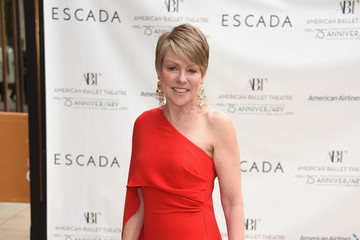
Victoria, you are a lecturer in history at Columbia University in NYC at the European Institute, specializing in cold war history, cultural diplomacy and international relations. Besides of this, you are an art lover and collector of contemporary art. Tell us something about your academic and personal background?
I began my professional career at the age of ten performing seventeenth and eighteenth-century dance. I was not promoted in modern dance classes with my friends because I was terribly plump, but this suited Wendy Hilton, my Baroque teacher. I travelled with her and a boy, my partner, and we did lecture demonstrations. I was proof positive that any child could be taught a minuet. From listening to her, I was fascinated by dance history, as well as the connection between dance, art, and architecture in the court of Louis XIV. But I was young. When I was sixteen, I saw the Martha Graham Dance Company. I do not remember anything except thinking, “I want to do that.” I didn’t realize it at the time, but I was clearly drawn to the Isamu Noguchi sculptures as well as Graham and her technique. It was the 1970s and I went to a very progressive school, no math tests, no spelling tests, no cursive training, so I was able to spend my mornings at the Graham School and go to school in the afternoons. I also became enraptured with the theater and played Gwendolyn Fairfax in The Importance of Being Earnest and Titania in Midsummer’s Night Dream, as well as other parts. It was an amazing time – I eventually got into company class and was sometimes taught by Graham herself in the mornings, and in the afternoons and evenings did school plays with the likes of Matthew Broderick and Kenny Lonnergan, both of whom have done quite well in Hollywood and on Broadway, to say the least! Then when I told my parents I would not go to college, it all ended. I learned the Graham repertory, danced with Anna Sokolow’s company in a TV show, and got an apprenticeship with Bertram Ross, while also performing Baroque dance, but in the end I was a very good waitress. I was twenty when Graham said to me, “My dear, you look like no one else. You are either a star or you’re nothing, and it will take me ten years to decide.” I did the math. I had injuries and was always hungry. And poor. And no husband on the horizon. So I quit and went to college. It was the most painful time of my life. I ended up getting a job at the Columbia Business School, and then got my M.B.A. and went to work for a hedge fund. Another very long story. Then I met my first husband. I became a full-time mom with three girls, and was also able to decorate the walls with art. I loved new artists, and bought a few pieces for us. It was just something I loved. Again, surely from my love of modernism in the dance and my understanding of the historical significance of dance and art. As my children grew up, I became quite concerned because their school did not teach cultural history – art, dance, music. When I complained, the headmistress suggested that I teach an elective in dance history. Well, I knew about Louis XIV, and I knew about Martha Graham, but I didn’t know what came in between! So I took a dance history survey class at Barnard with Lynn Garafola, and that was the start of a new career. I had no intention of becoming a historian. But again, I became deeply inspired by Lynn and her husband, Eric Foner. While I was working on my Ph.D. at Columbia, the archivist at the Library of Congress, Elizabeth Aldrich, contacted me to tell me that she had opened the Martha Graham collection to scholars. It had been closed because of a terrible series of lawsuits. I had worked at the Library on another project, and wrote her a thank-you note. She called me because she remembered me. I always tell my students this: “Write a thank you note.” Elizabeth has become one of my best friends, and my dissertation is dedicated to her and my mother, also a historian. I remembered Graham from my youth, and remembered – somehow – her divaesque declarations that she was not political. But then I looked at her papers, and there were State Department reports on her, telegrams cc’ing ambassadors and embassies, what was this? She seemed to be a political sophisticate! Ultimately I was able to show that she performed or toured for every president from Franklin D. Roosevelt in 1937 through George Bush I, when she died in 1989. And then I found a work by Iola and Dave Brubeck about the Cold War State Department tours: “When they sensed internal mayhem, they sent out Martha Graham/That’s what we call cultural exchange.” So I went to work, and suddenly there she was attached to modern art, architecture, diplomats, spies, the works. And soon the dissertation will become a book published with Oxford University Press. And all the while, I stayed interested in art. I have classical modernist works, as well as new works. I was particularly drawn to several female Chinese modernists. Pele Ritter and Wolfgang Widmoser have both painted murals on my walls. I adore them.
You just purchased a sculpture by Klaus Cenkier. What fascinated you about his art?
When I see something that I like, I am immediately just drawn to it. I know it in my heart. It is like seeing Graham at sixteen. I just know it.
How and where do you want to present his art piece der Mondsegel ?
My favorite place in the world is the beach in Amagansett where I wrote my dissertation and the best portions of my book. I can always tell the chapters that are written in New York City. They are not that good. So ‘der Mondsegel’ will go with me to Amagansett. It is perfect because it will be at sail next to the ocean. My first word as a child was not normal, not “Mama” or “DaDa.” It was “Moon-a.” I’ve always loved the moon. You can see the most beautiful moons in Amagansett. As soon as I saw the sculpture, I wanted to take it there.
Please tell us something about your couture fashion collection?
Oh, what a wonderful question! My mother’s mother will always be one of my favorite people in the world. My grandfather had a high rank in the Army after World War II, and they went to Europe. She loved art, and she loved couture. She had a good eye. She brought home Picasso, Kandinsky, Chagall, and Chanel. I still have her dresses; they are in mint condition. I will donate them to a museum at some point. I spent the last year of her life with her and we went shopping every day. She loved dressing me up, and I adored it. I remember when I couldn’t decide on whether to get a pair of shoes in black or blue, she looked at me and said, in her Southern accent, “Why, honey. When in doubt, do both.” Unfortunately, I learned this lesson too well! While I was married to my first husband, we went to benefits and parties, and out to dinner every Saturday night. I have closets full of clothes that I never wear as a professor. I rarely go out anymore, so the gowns are in storage. I cherish gowns and good clothes. They are pieces of art that you can wear. I adored Oscar de la Renta when he was alive; it was like art. Yet I didn’t care who made it as long as it took my breath away, for that instant. I have two Oscar dresses that are one-of-a-kind. I will donate them to a museum if they are wanted. For now, they are in cold storage, alongside the other pieces. As a professor and a writer, I wear Theory suits, plain shirts, perhaps a scarf – for the most part. When I’m not teaching or at meetings, I wear my pajamas or a jumpsuit. My husband gets upset because I walk the dog in my PJs through the afternoon sometimes. I am a bit of a PJ fixture on the Upper Westside and on the beach in Amagansett. I’m trying to be more disciplined.
What led you to Berlin? How do you like it?
Martha Graham, as usual, took me to Berlin. Even from the grave the woman seems to move me around the globe. She toured over 25 countries. I would never have visited Berlin, Budapest, Warsaw, Lebanon, Jerusalem, and so many other places if not for the research to find her legacy. She performed at the opening of Kongresshalle in the Teirgarten, 1957, now known as Haus der Kultuern der Welt. I came in search of information. There was very little that she saved, and I had a suspicion that there was more. Indeed there was; the U.S. government-sponsored performance was hidden because she did not do very well. But that is an entire book chapter! I fell in love with Berlin immediately. As a Cold War historian, I thought it was a wonderland. As someone interested in the contemporary art scene, it was revolutionary. It felt like New York in the 1970s: innovative, a bit gritty. It has changed in the past few years, but it retains its edge. I have made good friends in Berlin, and when I come back and see them it always feels like we have only missed a week – even when it has been years. My nanny was German – a creative follower of Rudolf Steiner – so when I hear the German language I find it completely soothing. It inspires creative power. I try to return to Berlin every year. My next book project is about Berlin and the career of Eleanor Lansing Dulles. She was known as “The Mother of Berlin” at one point in the early Cold War. Although her papers are in the United States for the most part, I hope to write some of the book in Berlin.
What does your private art collection include?
I have many different painters and muralists, and many women, but only one sculptor: Klaus Cenkier!
You wrote a book called „The dance of American diplomacy“, which integrates Marta Grahams State Department Tours in the DDR. How did you come to this topic?
The book is yet to be published – 2019 or 2020. The title has also changed. “Center Stage is Wherever I Am”: The Cold War State Department Tours of Martha Graham is the working title.
Is communism something that attracts you and why?
My M.A. thesis was about the influence of Moscow on the Communist Party of the United States of America (CPUSA) and its artists during the interwar period. I did an exhibit in France that was quite popular based on this research, and you can still buy the catalogue on Amazon. It is called Dance is a Weapon – my name was Victoria Geduld then. It was published by the Centre National de la Dance. I also co-curated an exhibit at the Library of Congress with Elizabeth Aldrich that uses the archives. I have two publications with American Communist History, and I sit on the editorial board now. Dan Leab, a leftist, who recently passed away, was the editor of ACH and we met at an event for the CPUSA archives. He became a mentor when he published me. I also met John Haynes, who is on the board of ACH and is on the right, although he started out on the left. He is also an amazing scholar and friend. I did an oral history with him published by ACH. It was a real honor. I deeply appreciate ACH because it respected all sides of the question as long as opinions are based on scholarship. I am consistently fascinated by communist theory, its roots, its idea of utopia. I also believe in the power of protest. I grew up in the 1960s in New York, and I remember looking out over Manhattan – we lived in a high rise – and seeing Harlem burning. A terrible glow. As I said, my school was completely progressive and some of my teachers were communists. I was brought up going to peace marches as a part of our social studies curriculum. I went to NOW meetings (National Organization of Women) before I was a teenager. The idea that people have basic rights to housing, healthcare, food, care in old-age and infirmity was just like breathing. It just was. The conception of a communist state was more conjecture and utopia-seeking. That was not a given. There was no idea of overthrow. Democracy was deeply respected. But so were human rights in a broad sense. We somehow believed that we could create a balance if we worked hard enough at finding solutions. Andrew Goodman went to my school – he was a freedom fighter in the South who was murdered. This was a palpable reminder of the consequences of protest and the bravery required if one is going to stand up for the rights of all men and women. When I discovered that seminal modern dancers in the early 1930s were members of the CPUSA, and that these political beliefs motivated their dance technique and choreography, which ultimately shaped American mainstream “a-political” modern dance during the Cold War, the finding was quite controversial. It was logical that the French were the first to publicize the idea! Even in 2006, the Cold War had not ended in the U.S. Initially, some of the children of the dancers did not want to admit that their parents were communists because of the legacy of McCarthyism, over fifty years later, after the Soviet Union had dissolved. Their parents had denied their affiliation to protect themselves and their children. In one case, it took an FBI file to convince the child. In other cases, the children were deeply committed to uncovering the legacy. One of the communist dancers was alive then, and she was thrilled that anyone was interested. We did a great series of interviews. Interestingly, no one in the U.S. wanted to pick up the French exhibit even though it was initially written in English. It was ready to go. But presenters wanted me to change the wording from “communist” to “leftist” to describe the dancers. I refused. It is a vital distinction. They exhibit was not sponsored. Indeed, when I have proposed to research the communist leanings of known ballet choreographers, I have consistently been turned down for funding in the U.S. Yet finally, the Library of Congress under Bush ended up acquiring the collection of the New Dance Group, initially a communist group, and we did the exhibit. It is online: https://www.loc.gov/exhibits/politics-and-dance/; https://www.youtube.com/watch?v=DvToEeJW9C0.
In Berlin, Madeline Ritter and Tanzfonds interviewed me and Elizabeth Aldrich about the process: https://vimeo.com/51998012
Your personal opinion about the current cultural-political situation in the USA?
One of the highest compliments one of my students ever paid me was that he said he didn’t know if I was a Democrat or a Republican when I taught. I have a deep belief that all opinions, if backed by evidence, must be expressed in the classroom and given respect. I deeply value this. I would have it no other way. If I show my hand, I am afraid that I might encourage a following rather than inspiring. My daughter, Nancy Geduld, wrote on this subject; I could not be more proud: https://bowdoinorient.com/2017/05/05/fearfulness-not-fearlessness-fostering-discourse-at-bowdoin/. This being said, I think my courses and approach certainly tilts the balance in recent months. At the European Institute through our Cultural Initiative, I have been given the ability to develop new courses. This fall I am teaching “Women as Cold War Weapons,” which explores how women used and were used as political agents during the Cold War. I am fascinated by the rise of the right among women, as well as the way in which Republican women were freedom fighters as moderates. I believe deeply in the idea that “presidential” behavior is based on over 200 years of tradition, and not merely justified by the actions of someone who was elected. The idea that “I am president and therefore it is presidential” is not dignified and maligns the ethical and moral power of the United States. I believe that there are standards that should be followed by every person – the desire to tell the truth, respect facts, be gracious, humble, and generous. When Clinton shook his finger at the camera, my eldest daughter was five. She is deeply moral, and now teaches in a Charter School. But I knew then and there that there would be social sexual trouble for her peers by the time she was thirteen. Indeed, mores changed. I have the same fear now. I’m worried about the next generation. Yet oddly I find myself more patriotic than I have been because I feel a compulsion to protect democracy and its freedoms, however corrupted the idea of American freedoms became in the Cold War and after as a part of “crusades” and other propaganda campaigns. Through the programming at the European Institute on cultural diplomacy, I have met men and women of the highest ethical caliber who work in various branches of government typically associated with “hard power.” Graham always believed that freedom of expression could only be achieved through strict discipline. Many serve our nation with this standard as a given. It seems to be an oxymoron at first, but I agree completely. Thus my hope is to make better historians to protect the power of democracy. I am dogged about footnotes – my students have to present the evidence correctly before they are allowed to discuss issues. It is our only hope. I run a research project that takes students to archives internationally to develop new scholarship. Here we are presenting papers and my talk about this subject: http://europe.columbia.edu/events/8th-annual-cold-war-history-research-center-international-student-conference-corvinus-university-budapest/.
In the future you will spend more time in Europe. Is Europe your second home? What do you appreciate here?
If all goes well, I will be teaching in Budapest next year. In addition, I will apply to various institutes to write my book about Eleanor Dulles in Berlin in the future. Although I was trained in U.S. history, I don’t think it was an accident that I was hired by the European Institute at Columbia. Europe is a fascinating place with a history that I am constantly learning and re-learning. It also enriches my understanding of the United States. I no longer believe that one can understand one without the other.
How important is Germany and its function in Europe?
Germany was and is a lynchpin to understanding Europe culturally, economically, geographically.
Personally, what stimulates you, what hampers you in life?
I am always interested in stories and life’s dramas. This is what draws me to history and particularly conducting oral histories. I love a challenge. There is nothing better than someone saying, “No.” It inspires me to crack through the barrier. Yet I can get caught up in the details – the trees versus the forest. I remember when I was researching Graham’s visit to Yugoslavia in 1962 and I found an invitation from George Kennan, the “Father of Containment” and the ambassador at the time. He was deeply involved in psychological warfare in the Cold War, and there he was inviting Graham for drinks and dinner! I knew that Kennan kept copious diaries, including dream diaries, and that he would have written about the meeting. So I took a train to Princeton to visit his archives. There I was, the date of the meeting in hand, his leather diary in hand, flipping through the pages. Bingo. He had the flu. He never met her. And I realized at that point that I had to move along and just write the dissertation. I am having the same trouble with the book. It is hard to let go.
What do you expect from life? What is your mission?
I only hope to inspire the next generation. I can only do so much. I hope that someone reads my work and is inspired to challenge my ideas or take a piece and expand upon it. The same goes for my personal life. I hope to be a better model for my daughters, and for their children, and for my husband’s children and grandchildren. My youngest daughter is working on the business side of high fashion through internet innovations; so, as for the gowns, I hope that others can enjoy them as much as I have physically and virtually, as wearable art in motion.
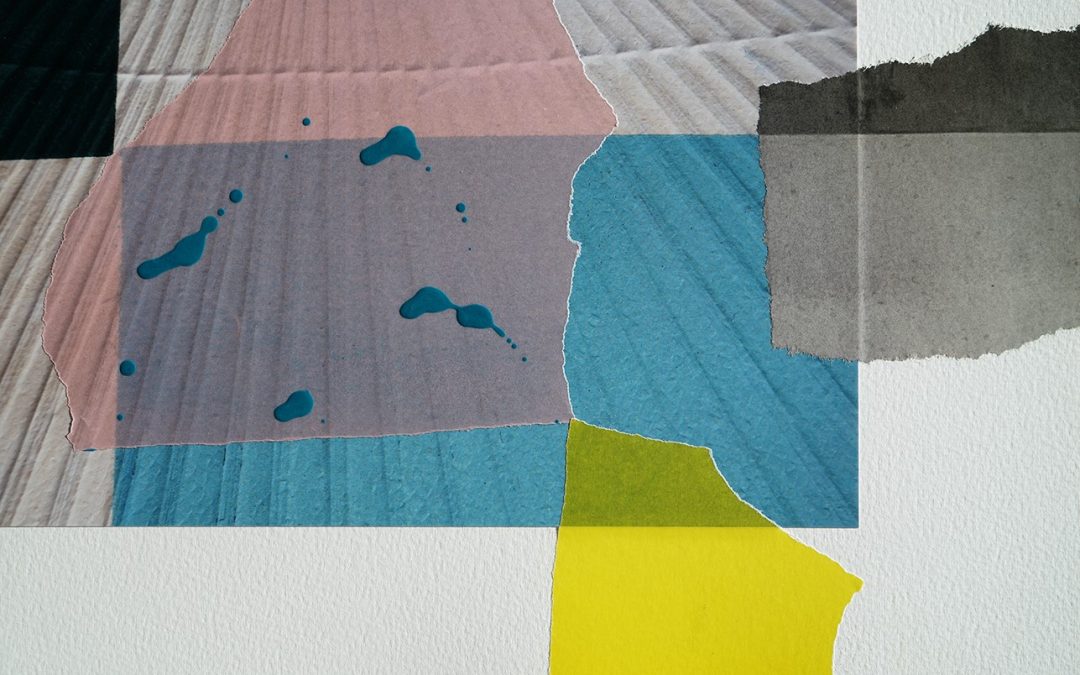
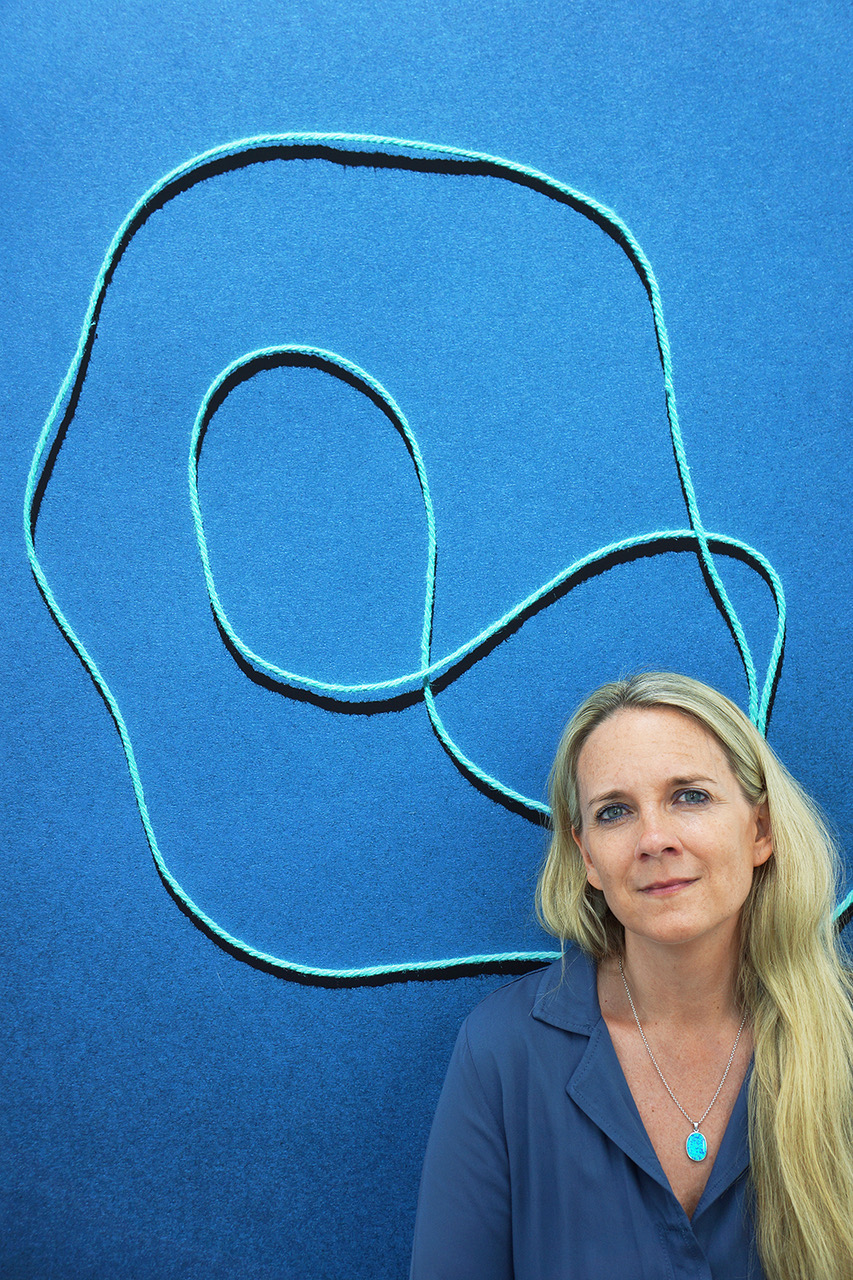
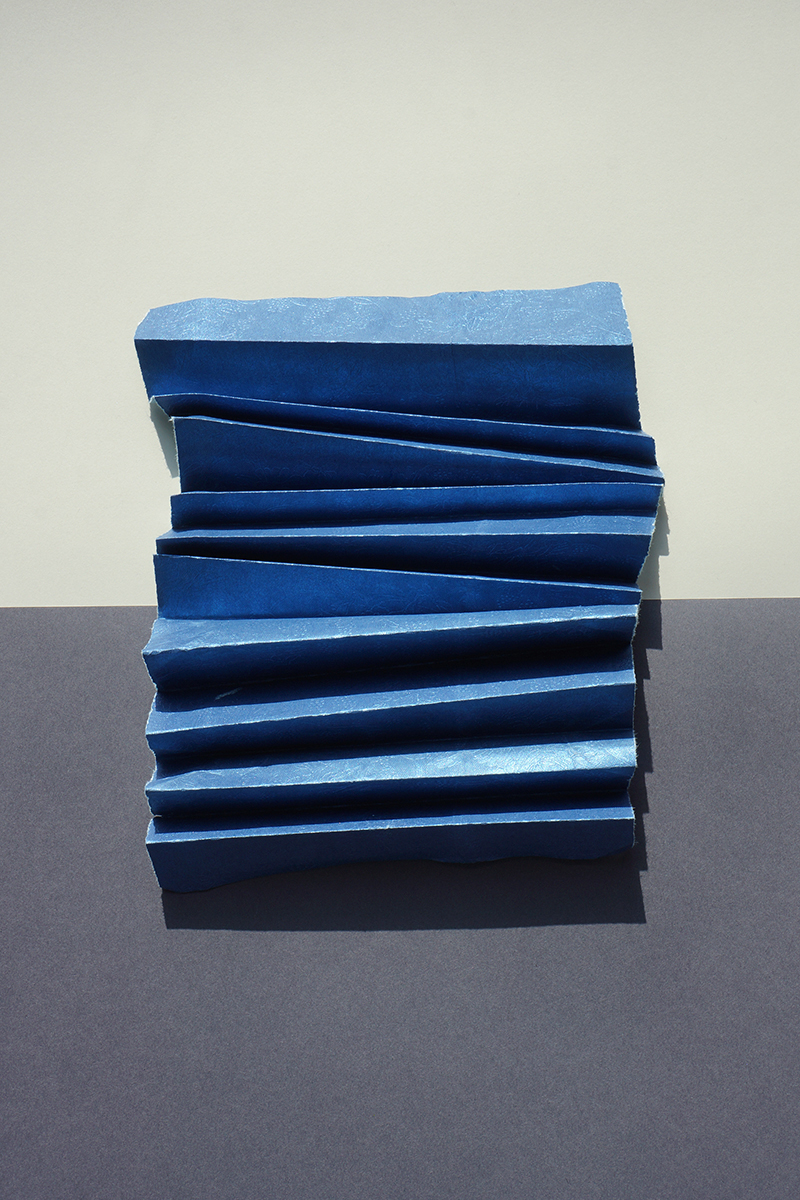
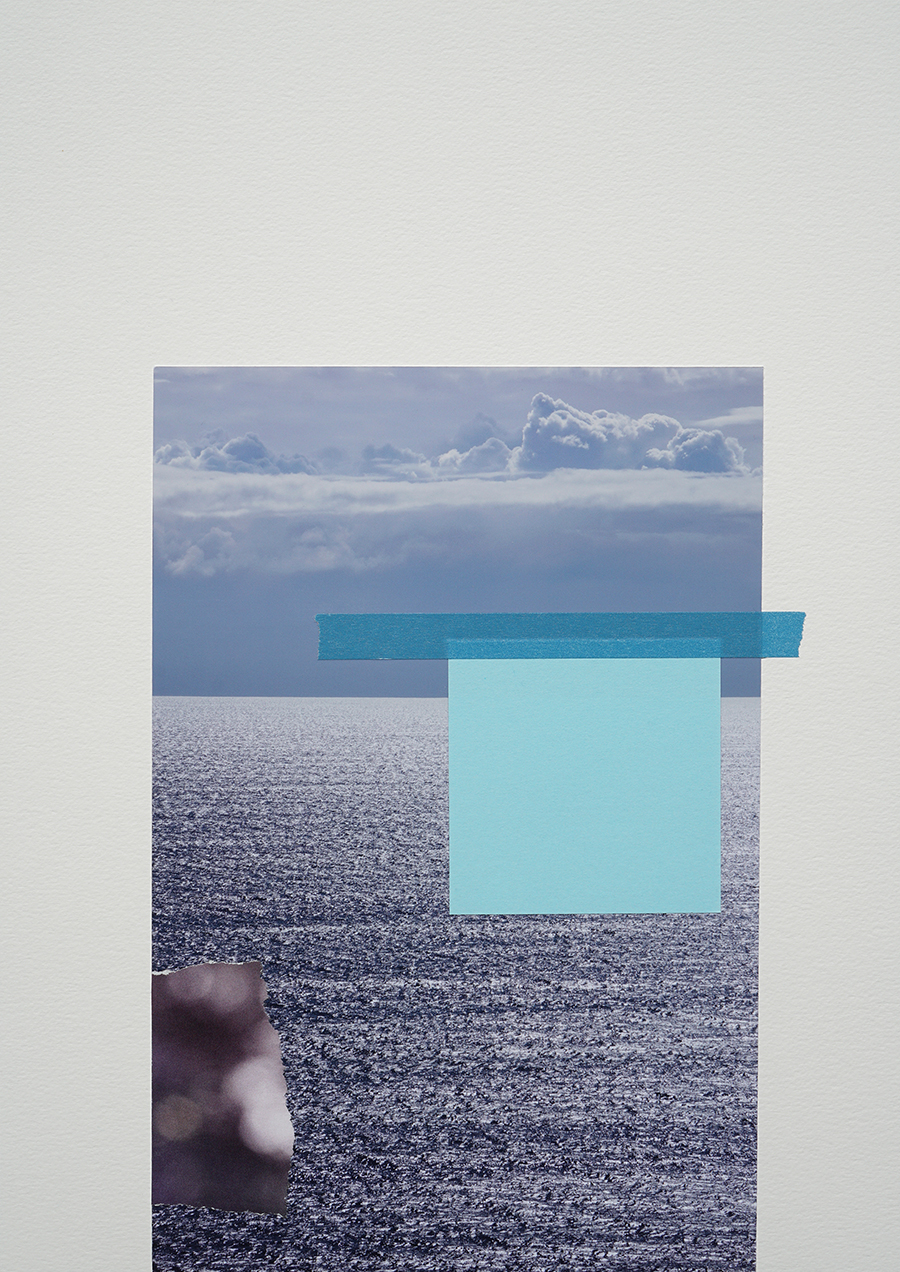
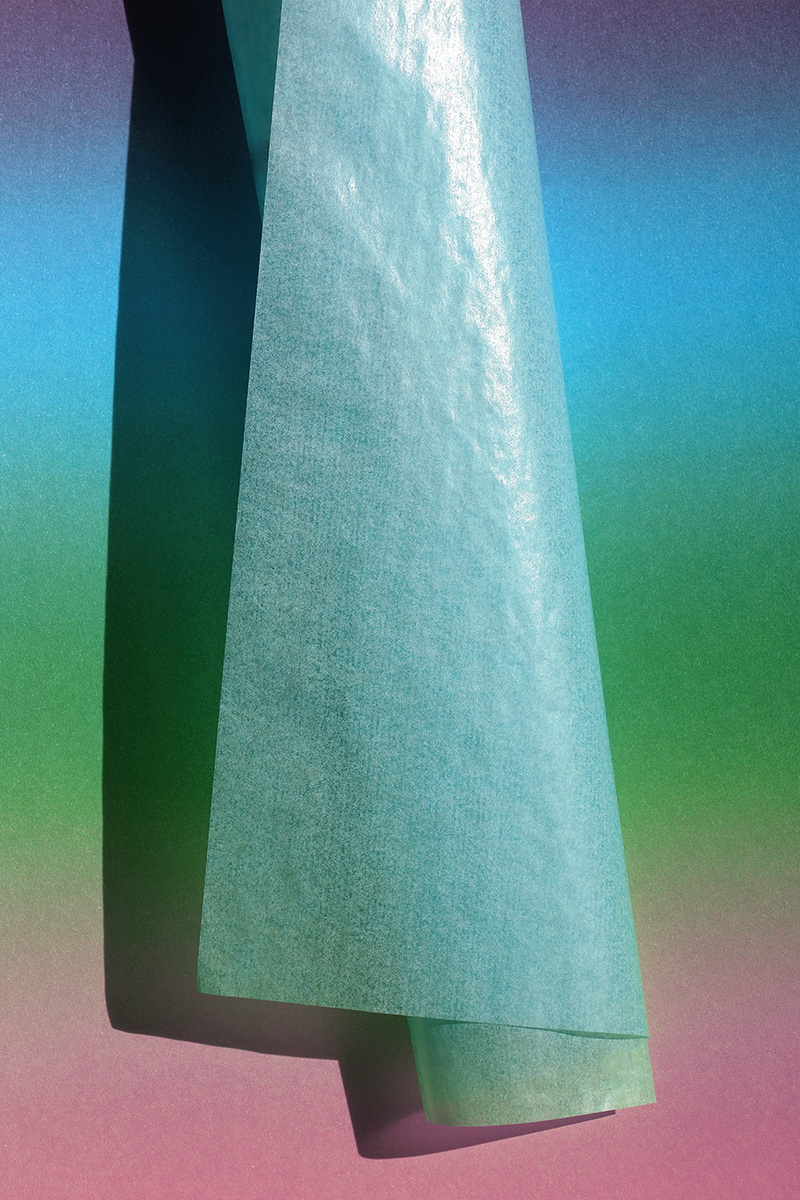
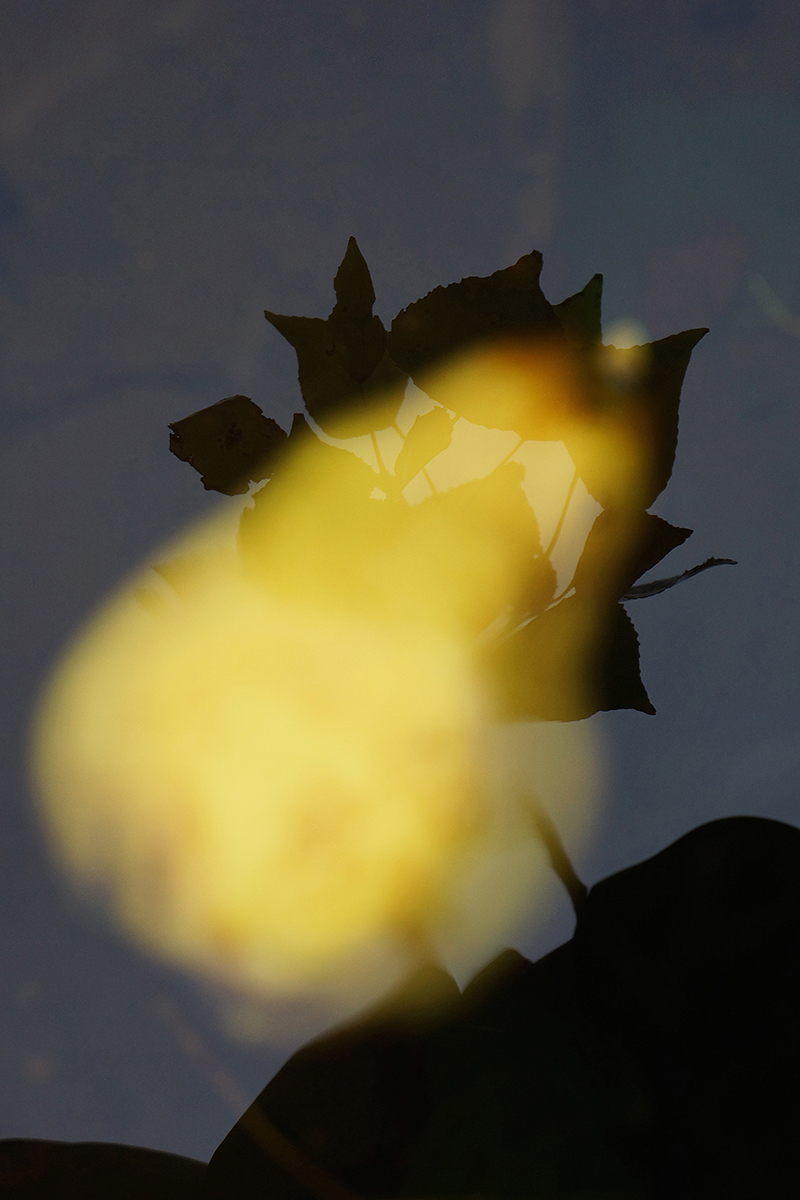
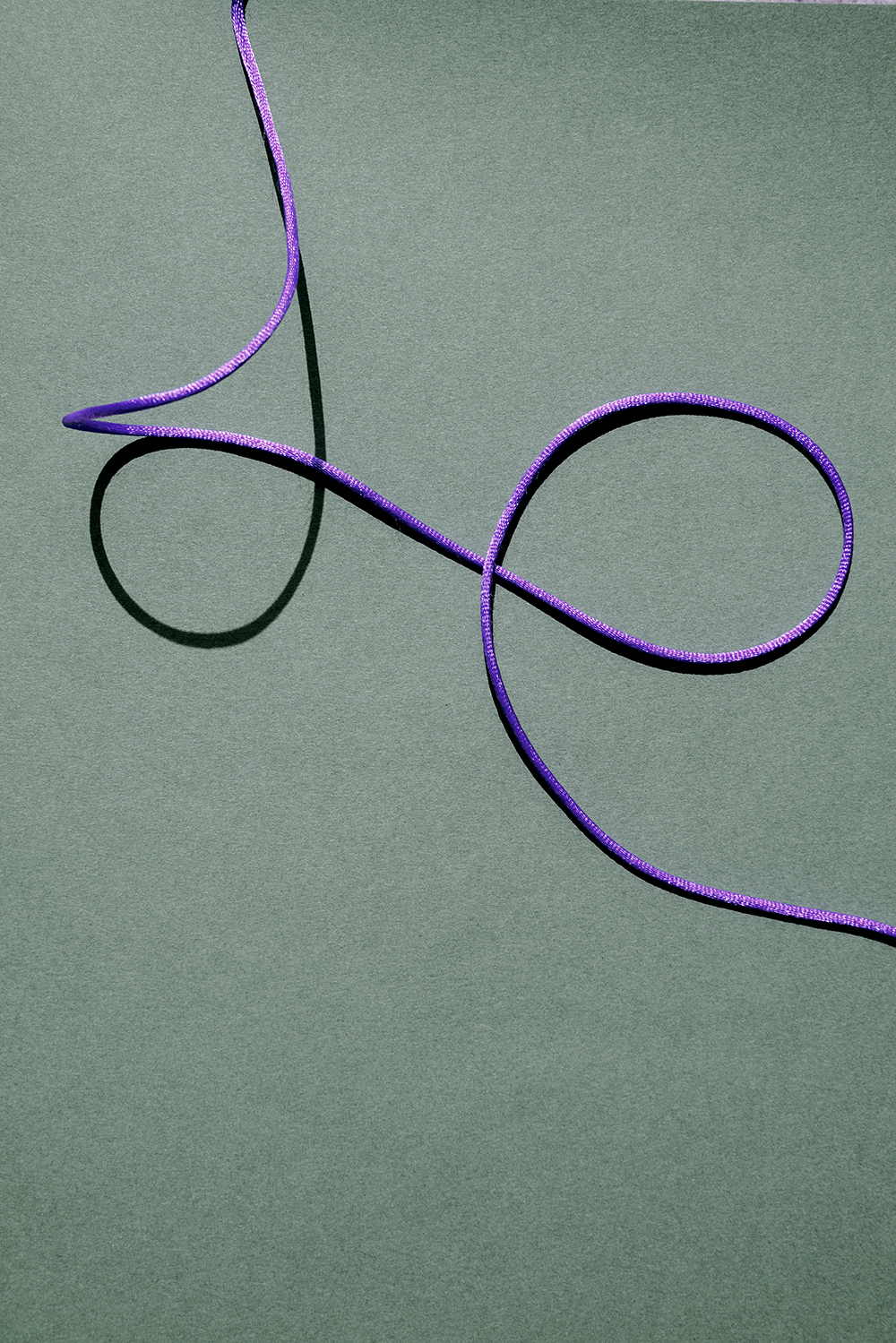
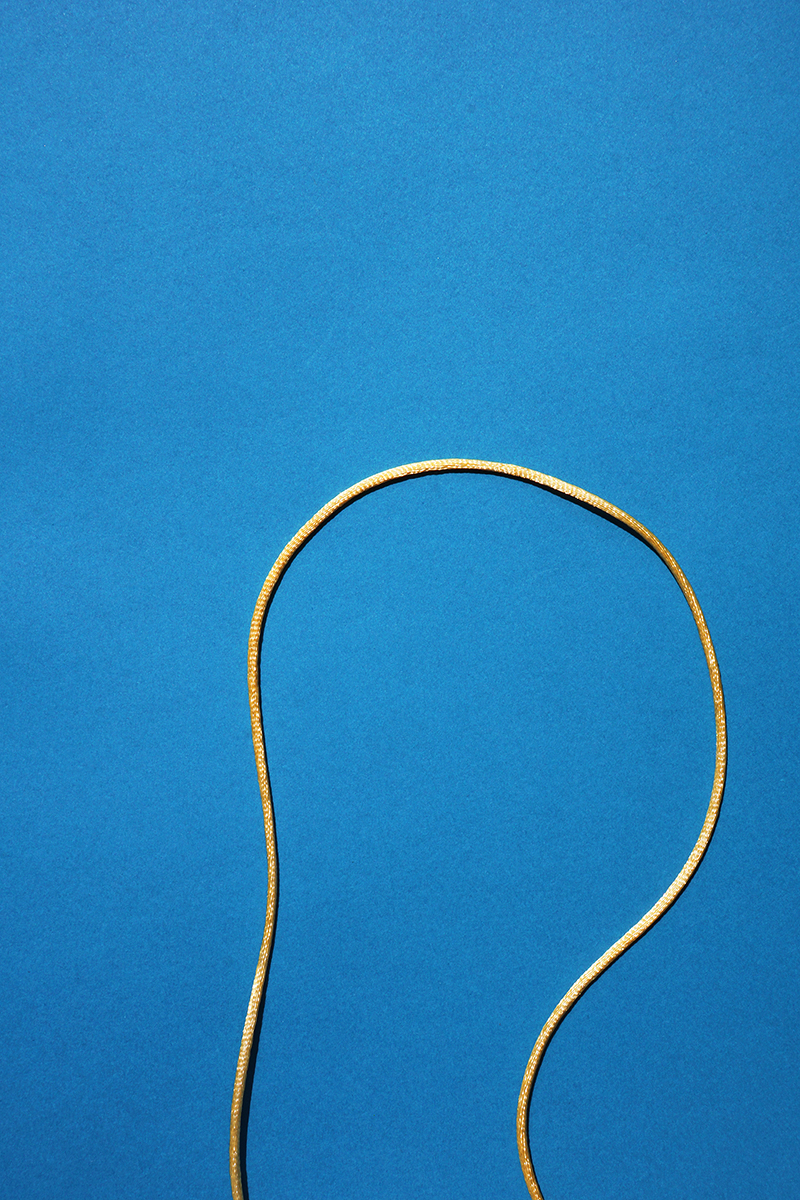
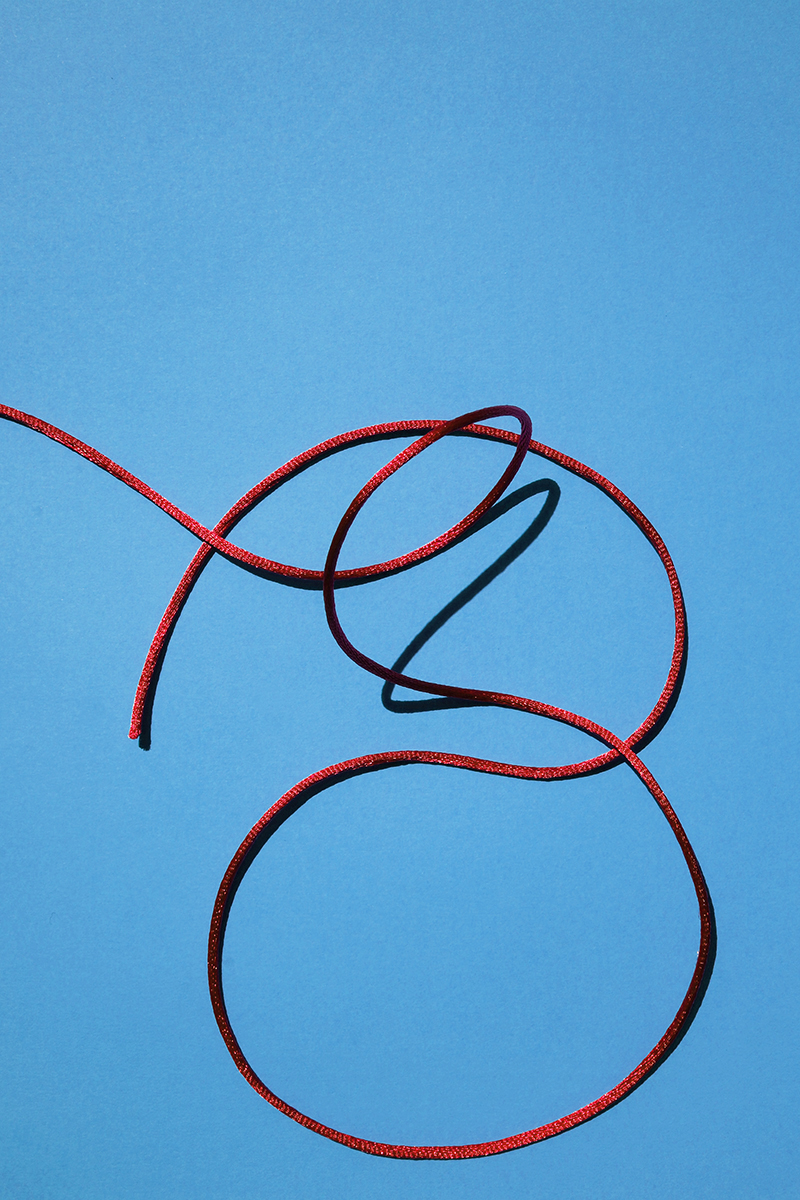
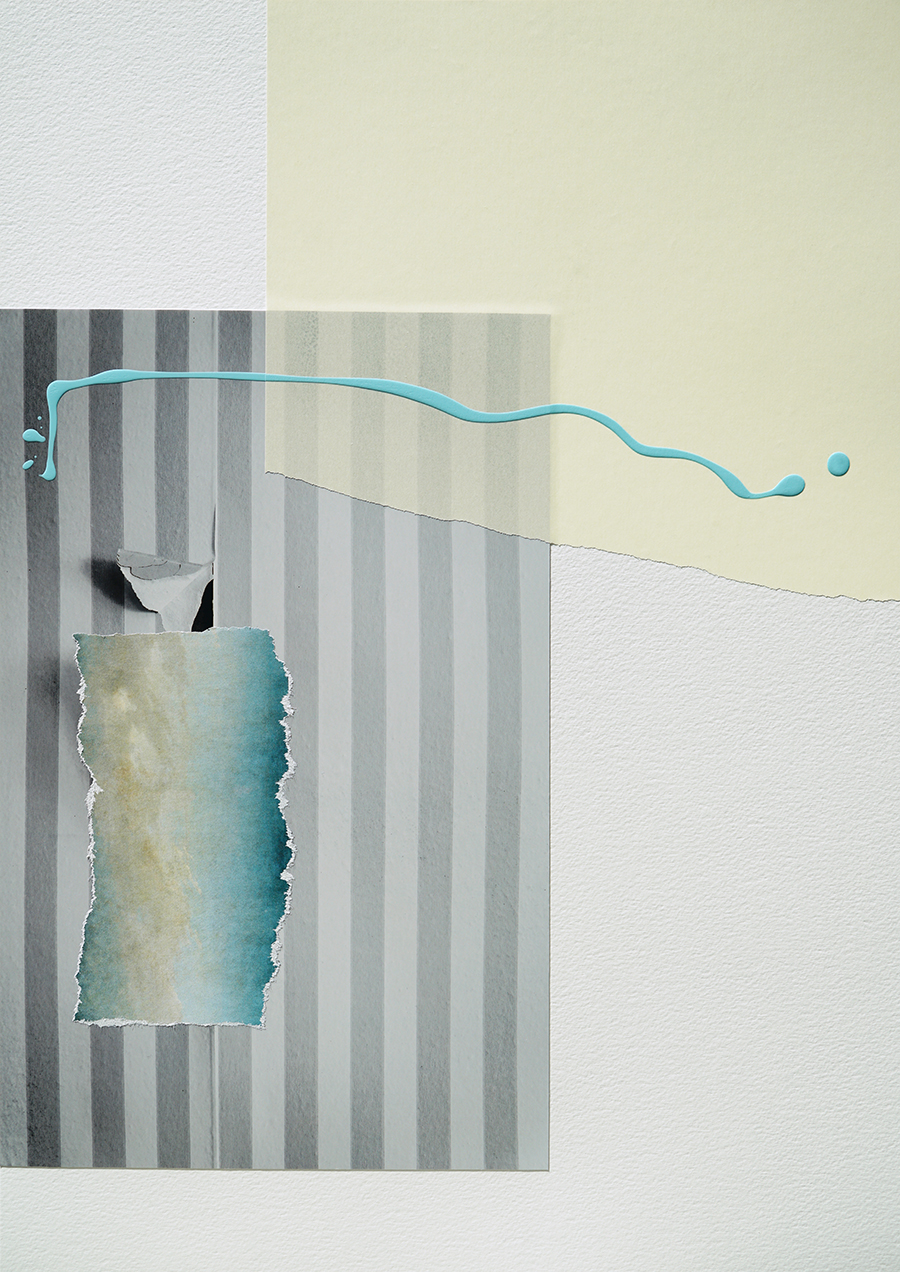
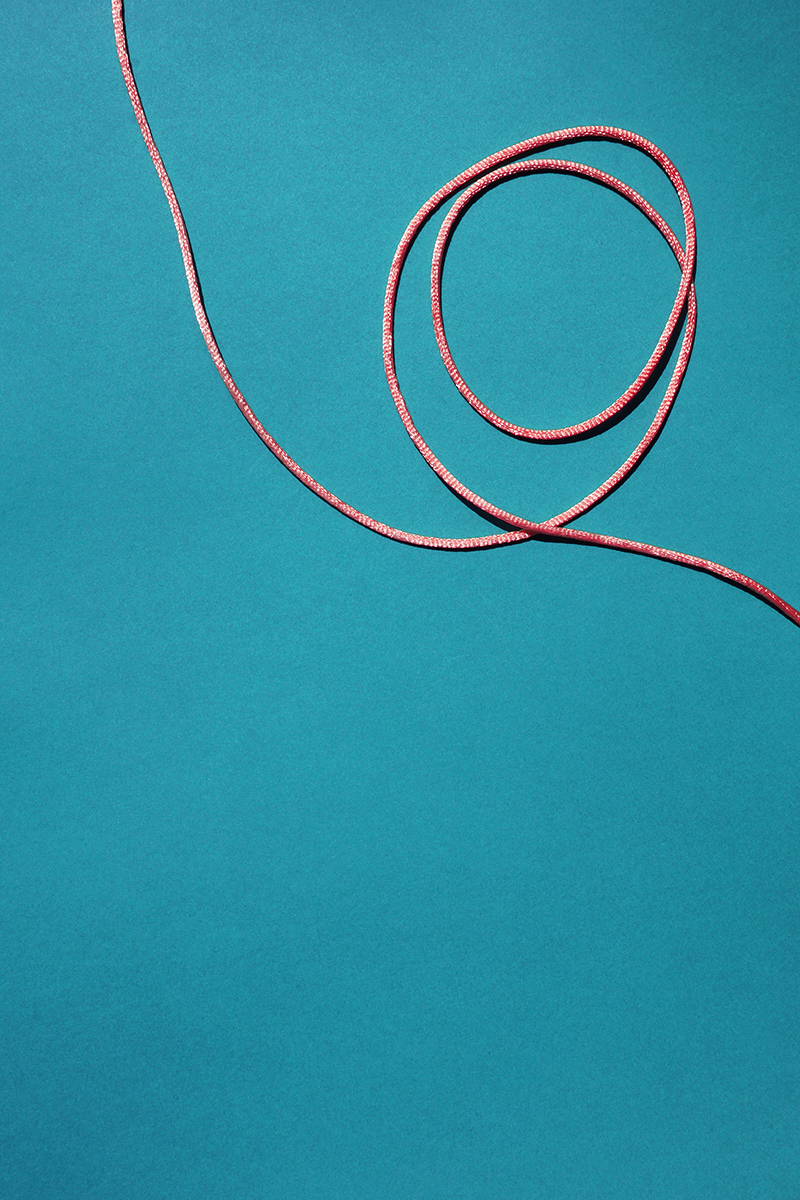
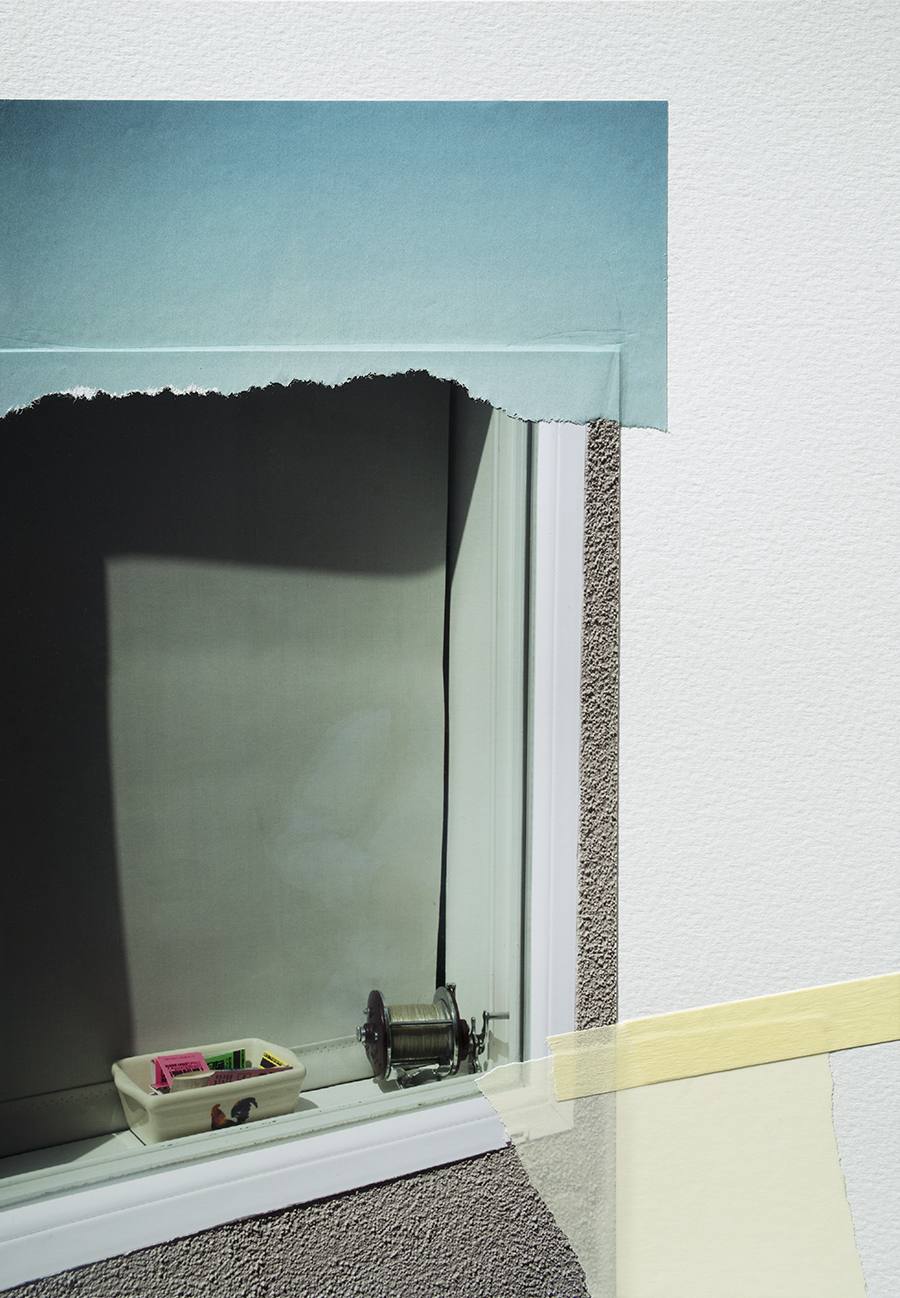
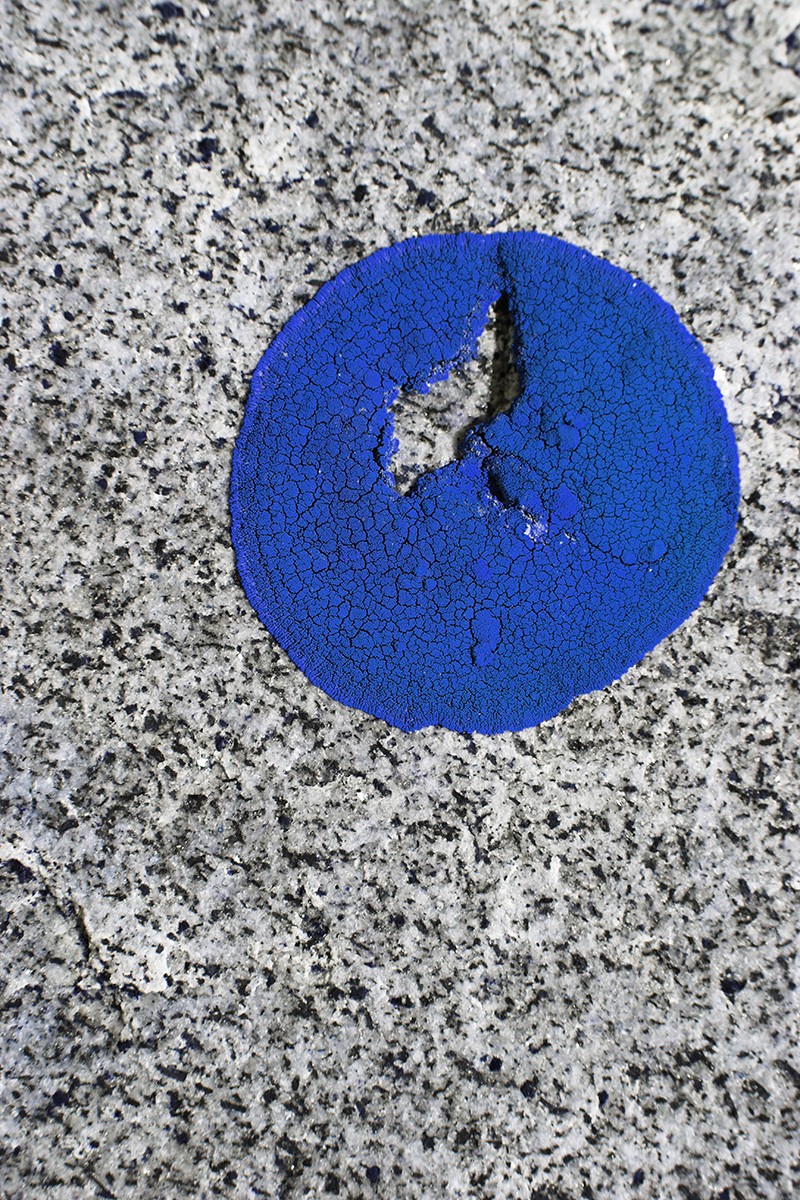
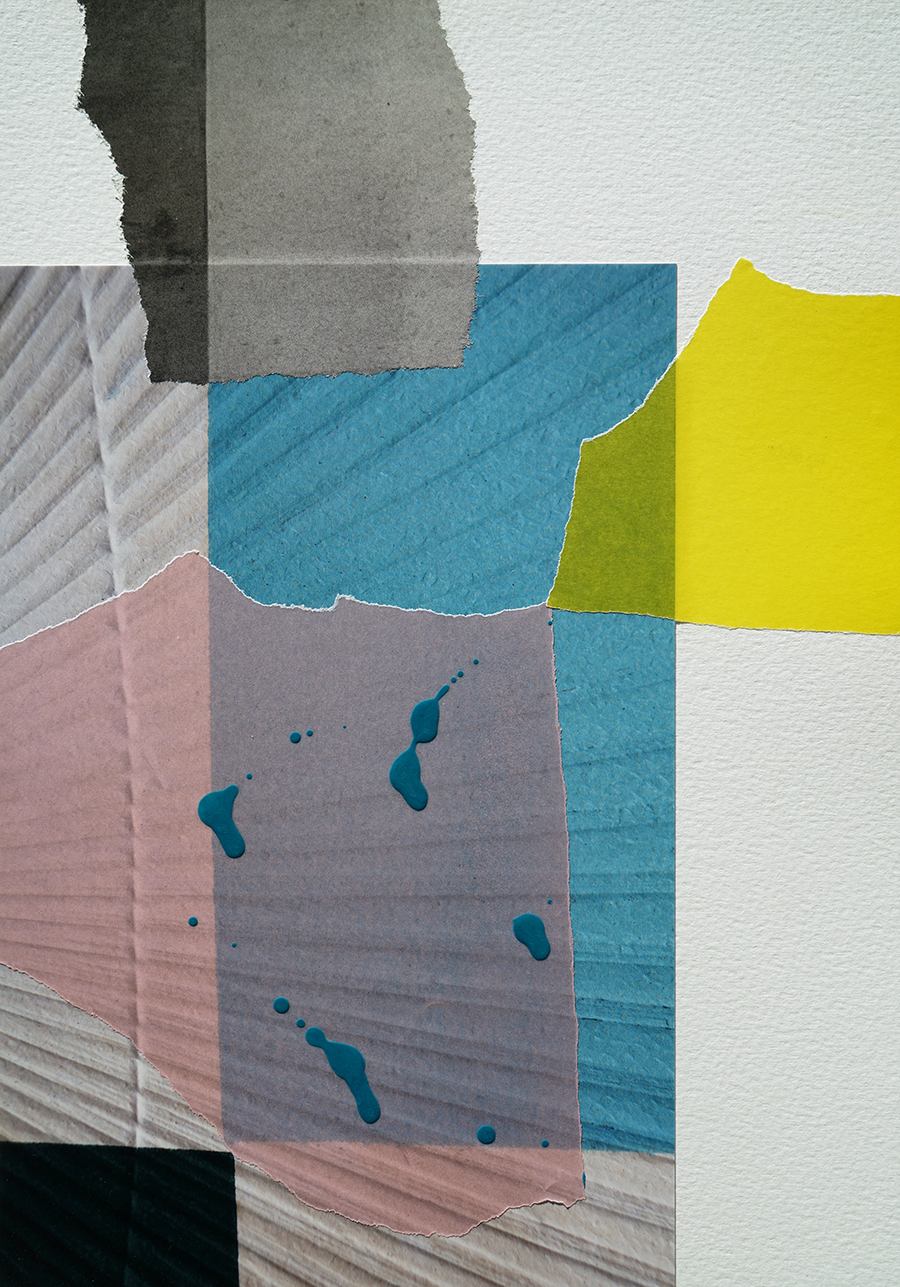

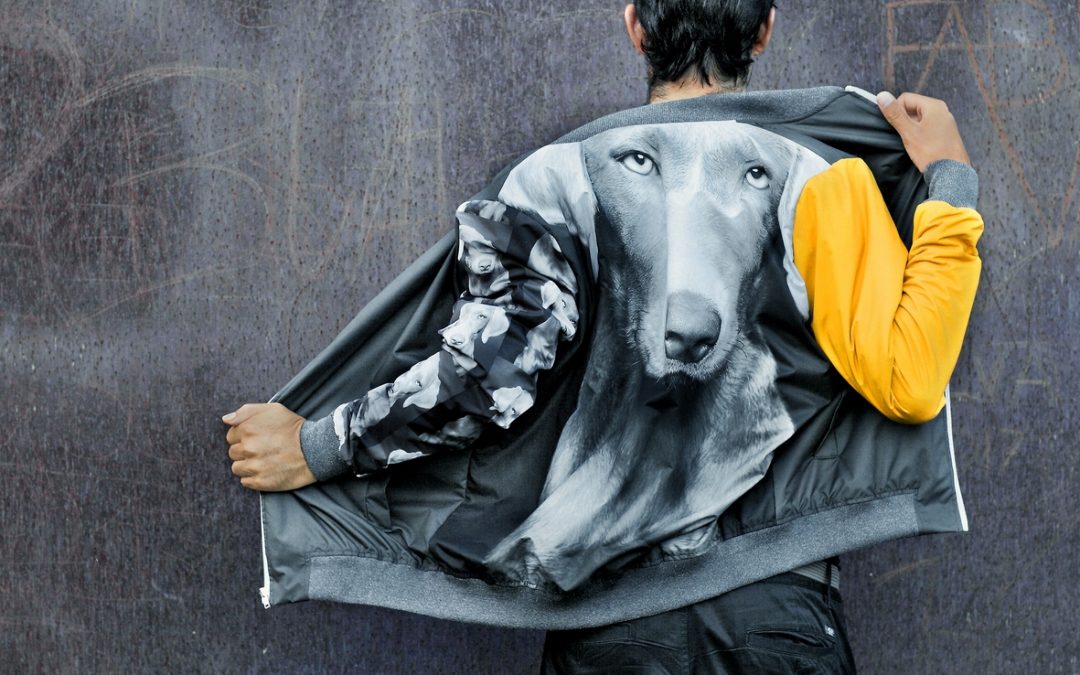
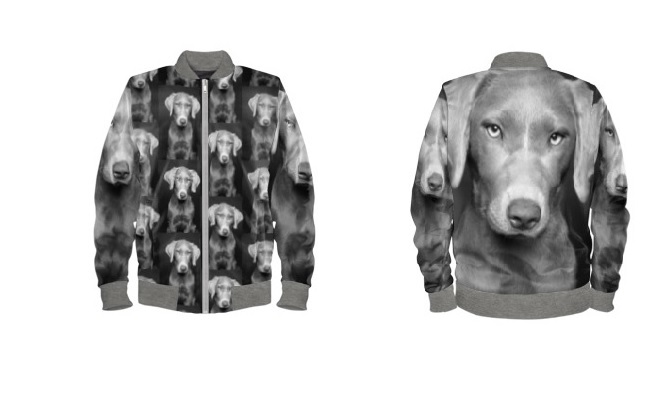
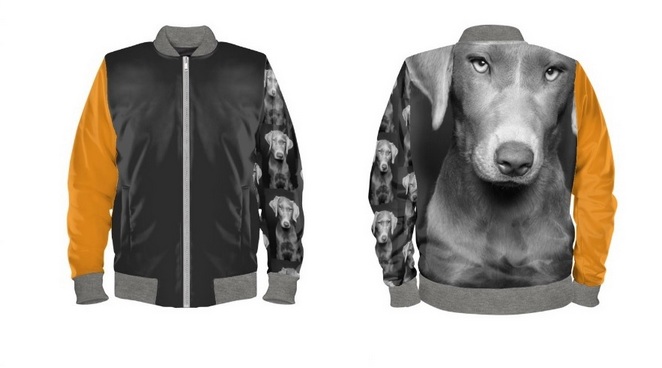
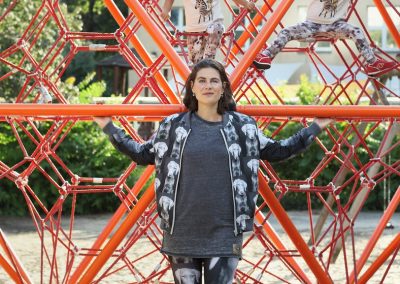
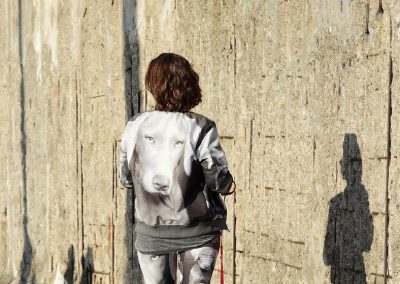
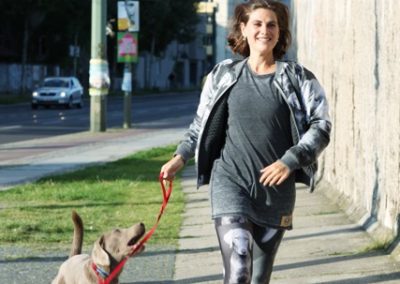
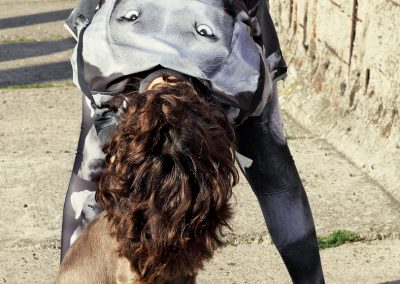
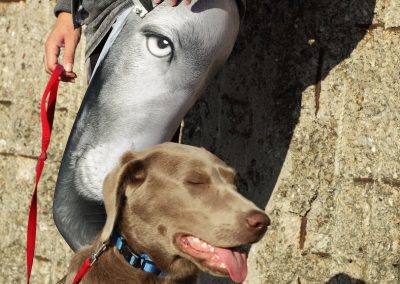
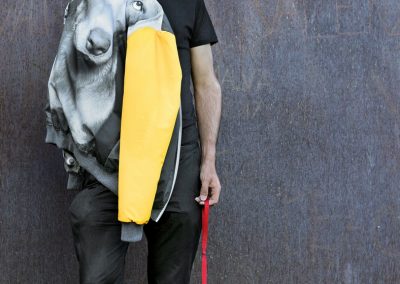
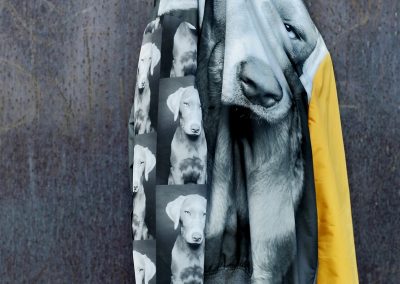
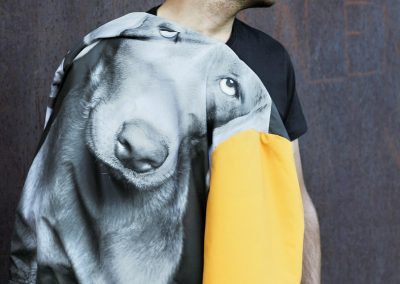
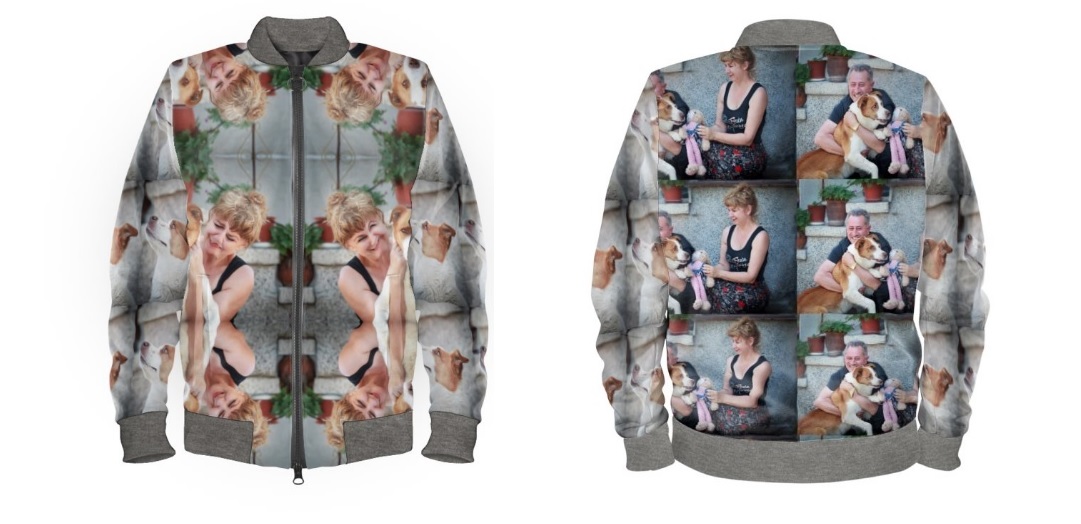
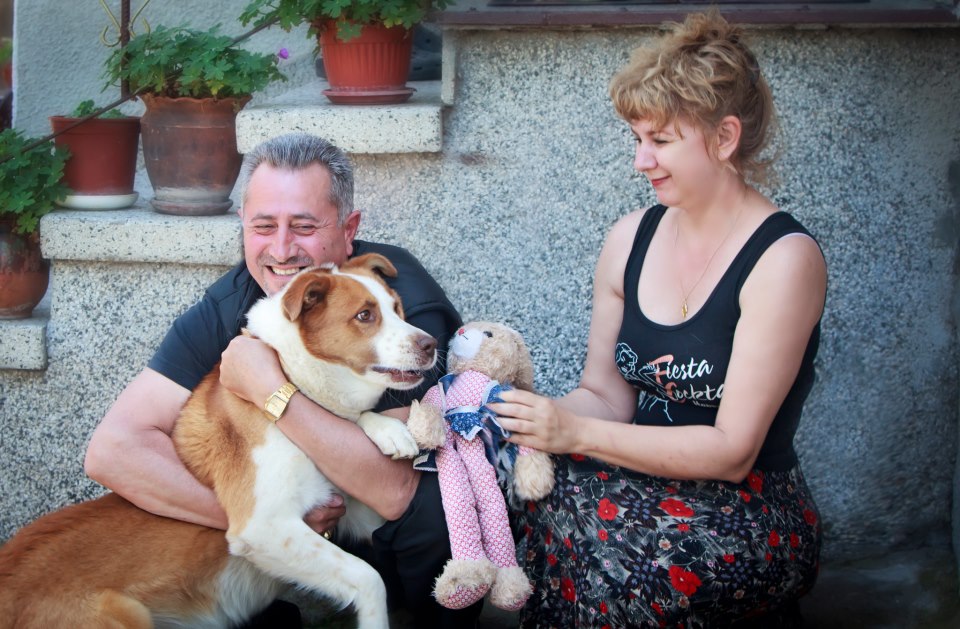
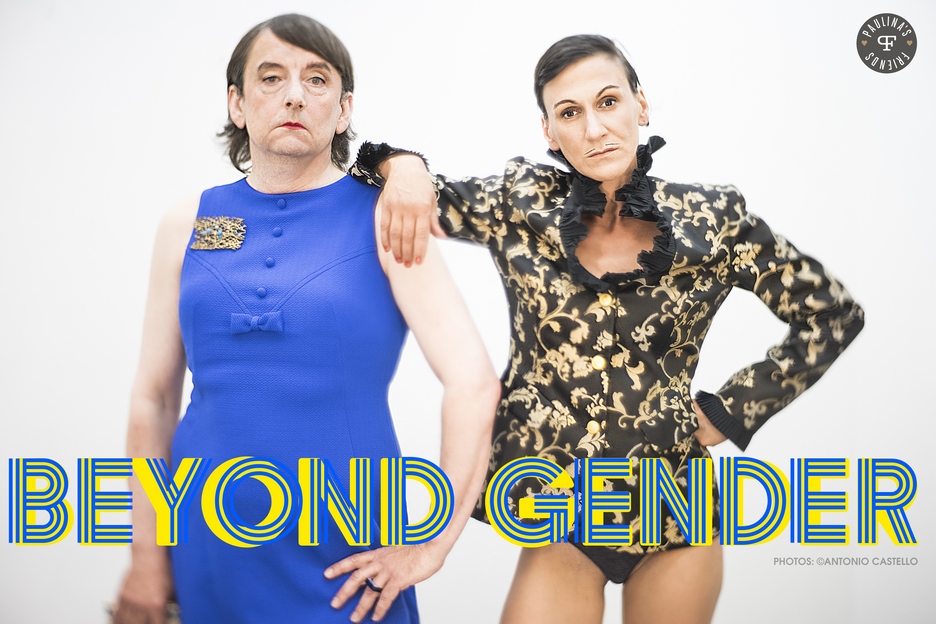
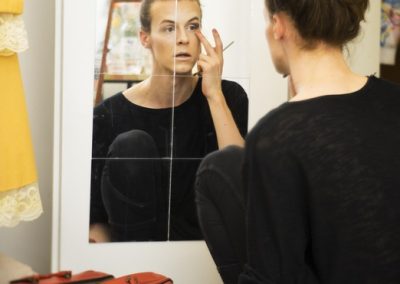
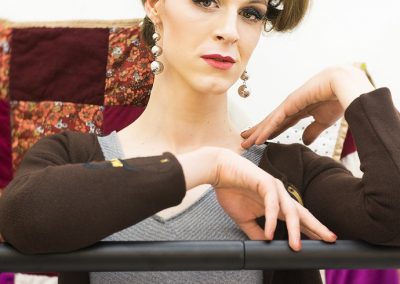
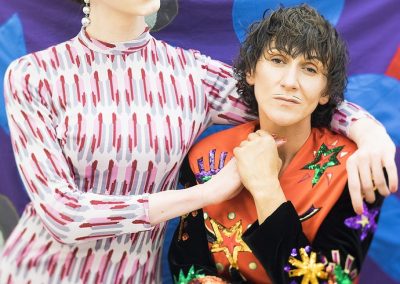
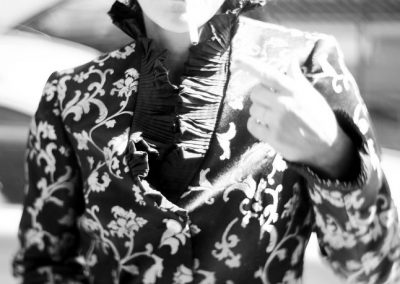
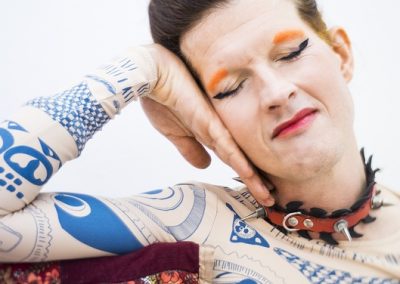
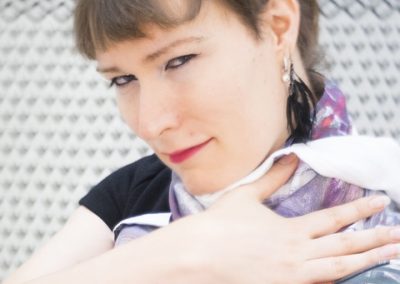
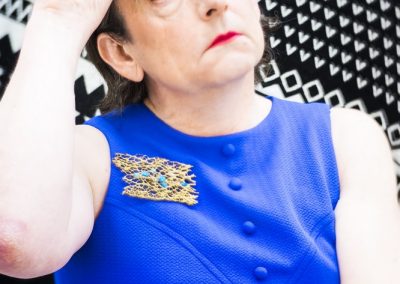
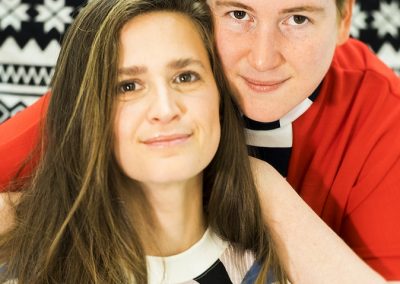
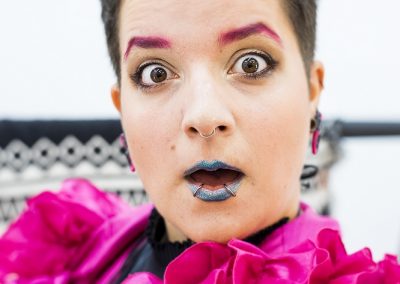
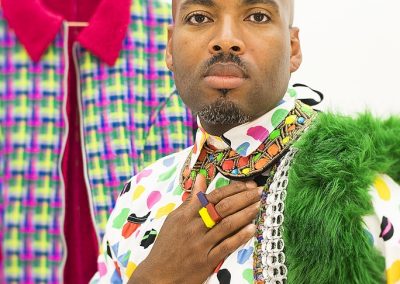
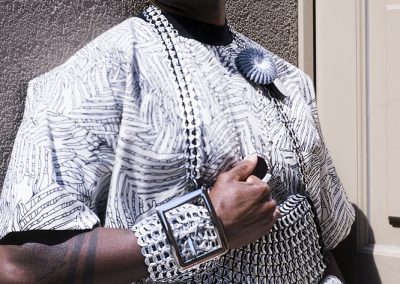
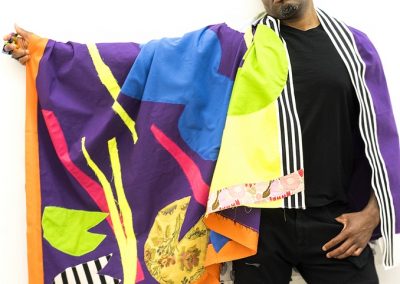
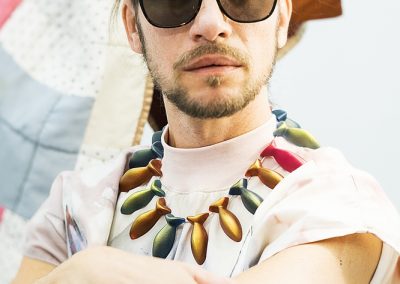
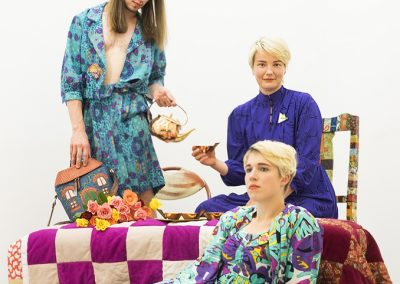
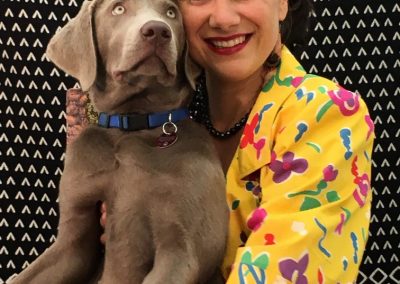
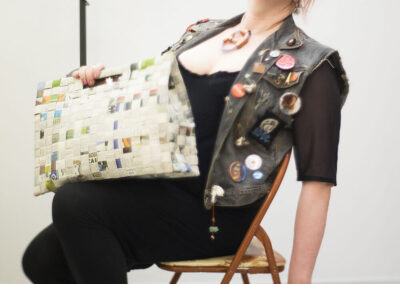

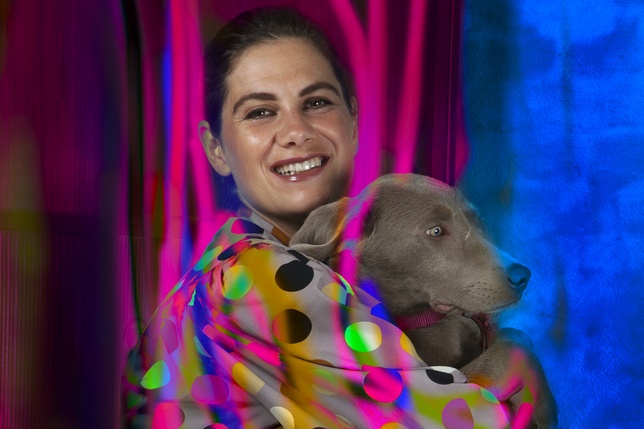
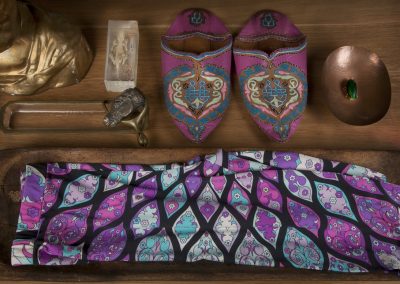
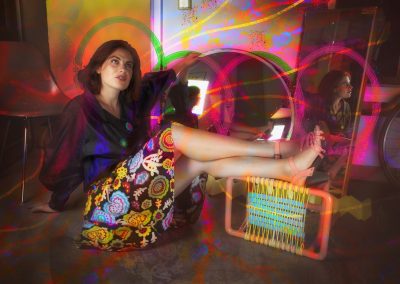
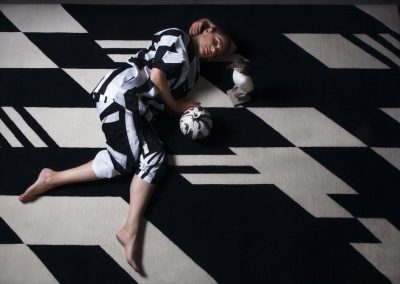
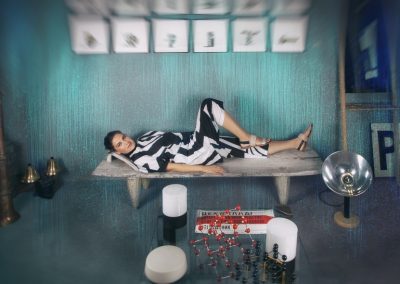
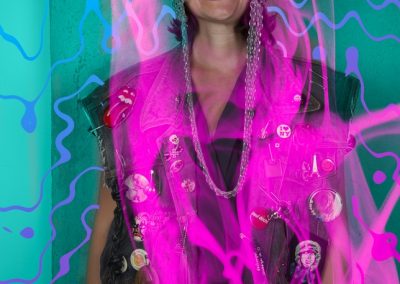
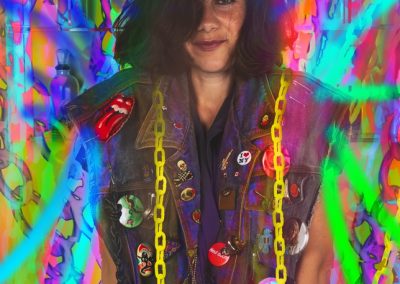
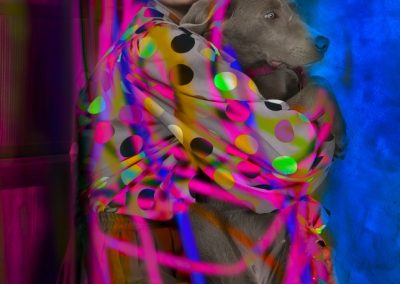
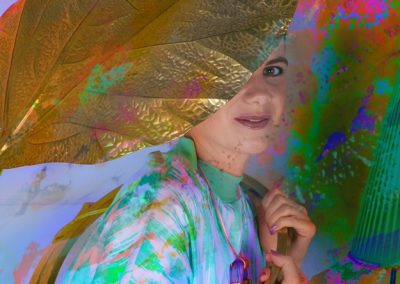
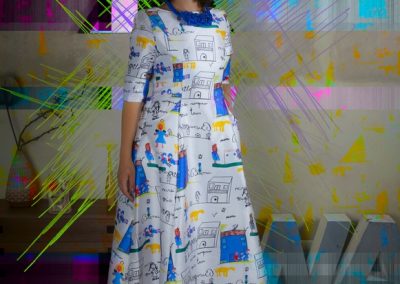
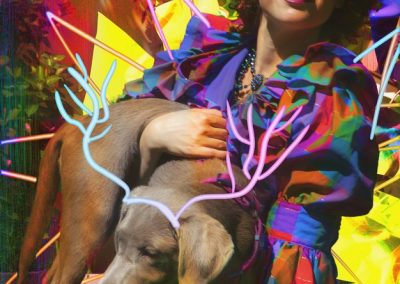
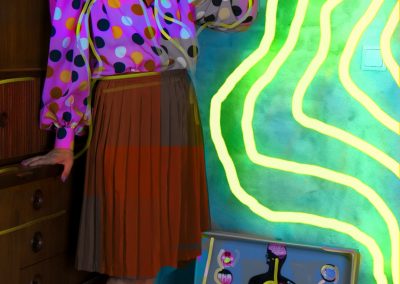
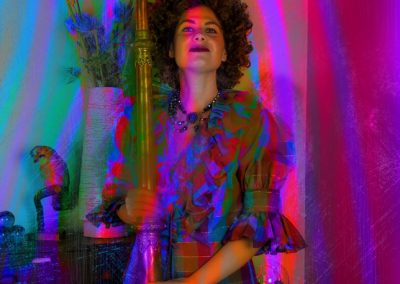
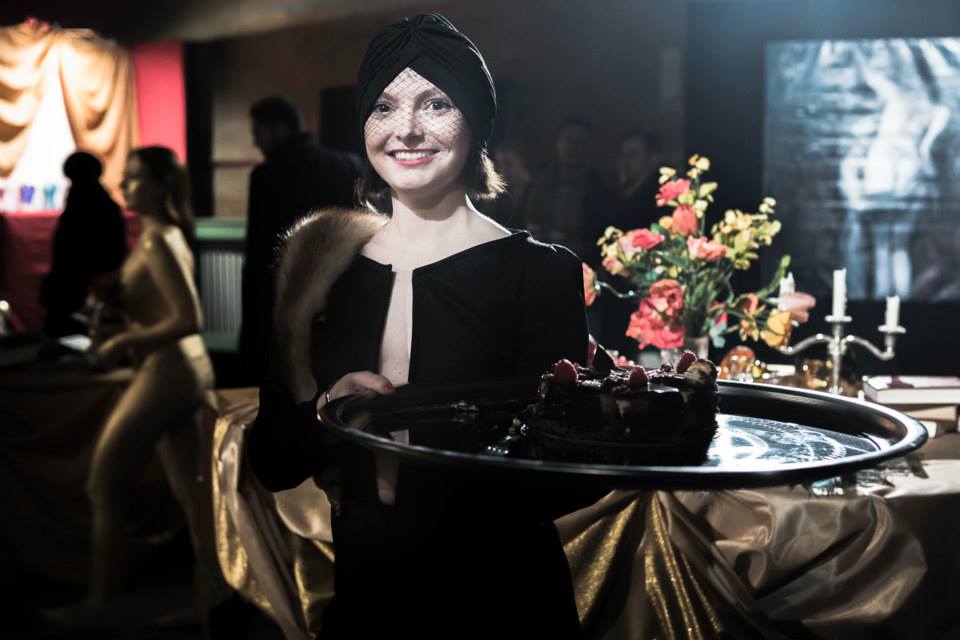
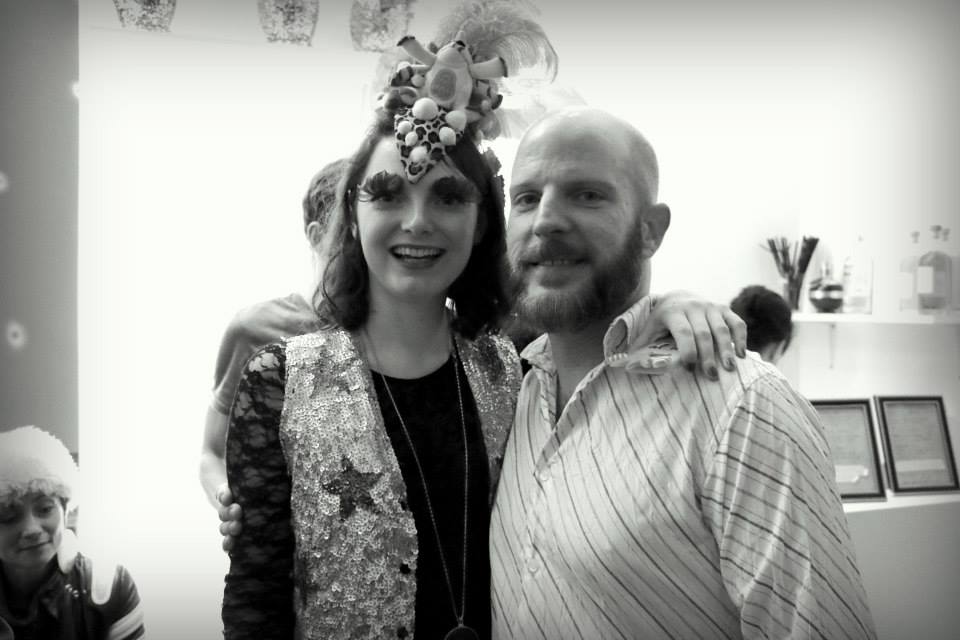
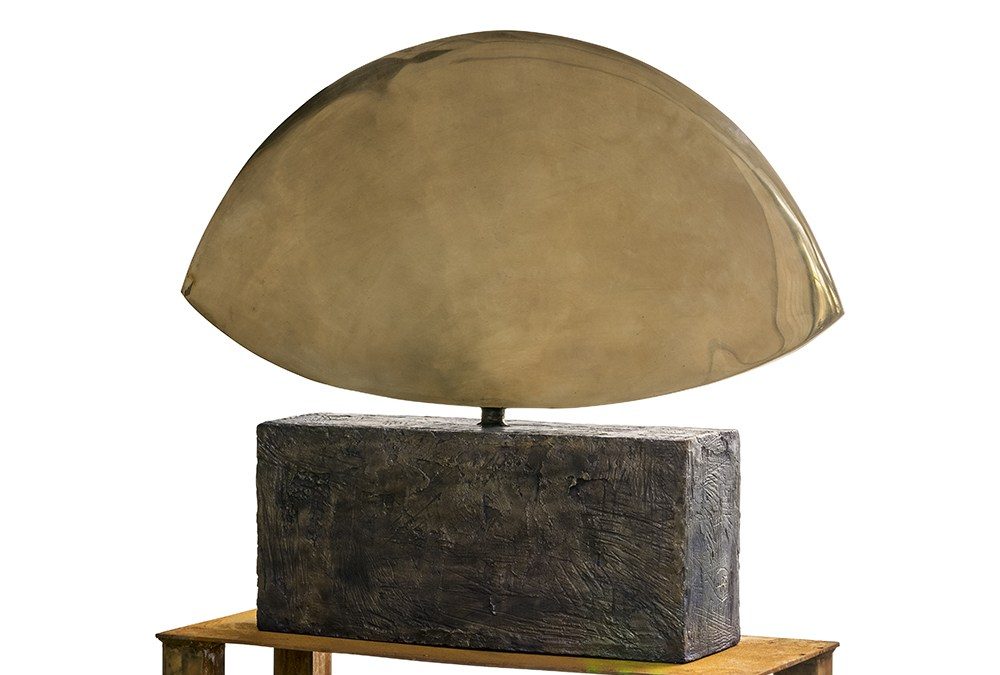

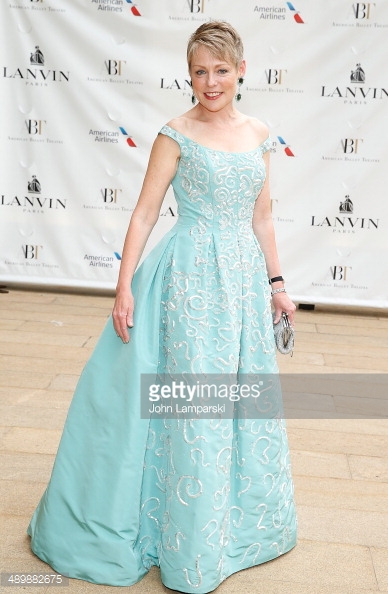
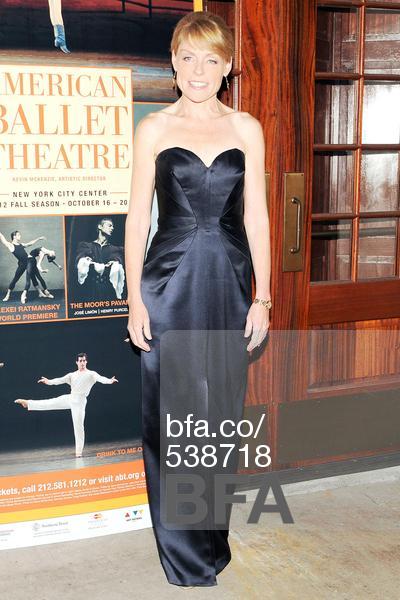
Recent Comments